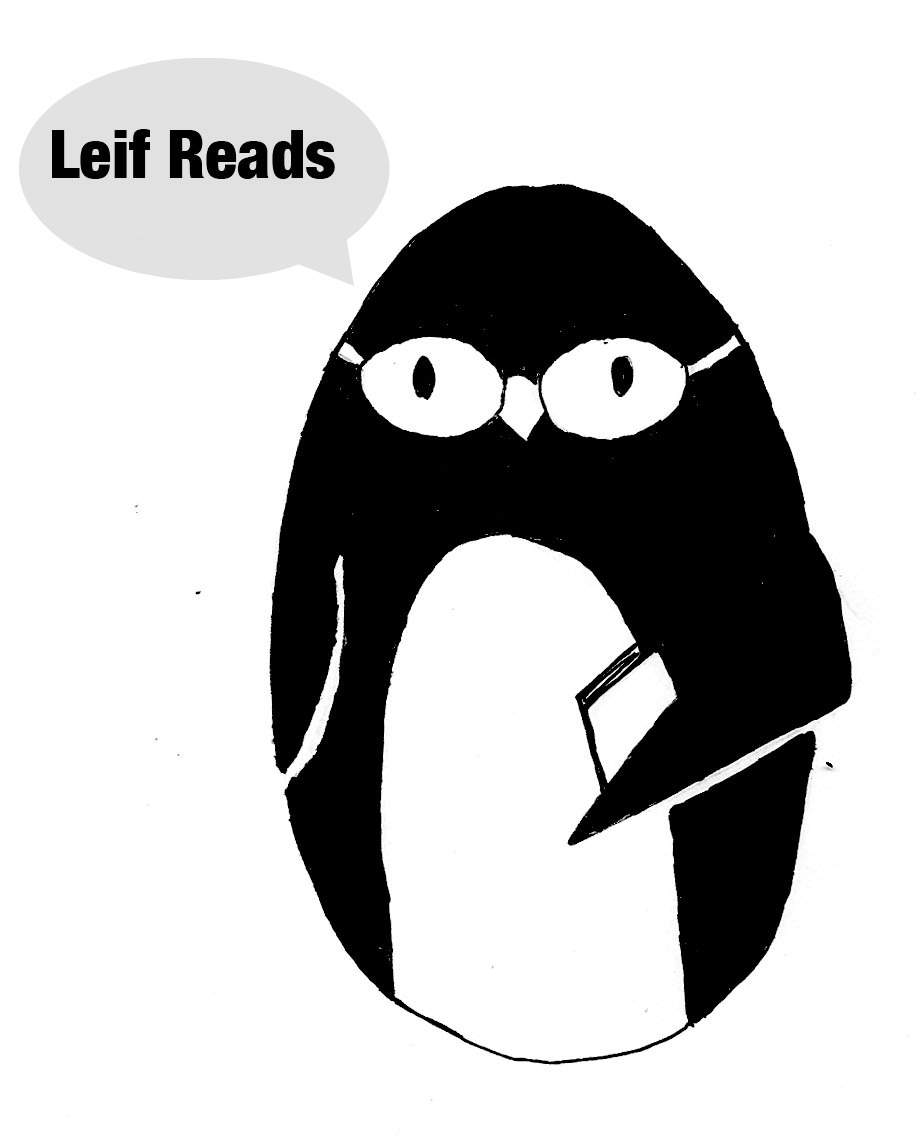The Best American 2009 series just came out this month, so in honor of that I thought I would say a bit about The Best American Travel Writing 2009 and in contrast The Best Travel Writing 2009. It's getting a bit cold in Iowa so I have travel on the brain right now anyway, although I do like the cold weather.
The Best American Travel Writing 2009
Edited by Simon Winchester
This is one of the better essay collections I have read. The transitions between the essays are quite good, I never felt like anything was out of place. There is a negative said that though, sometimes a few essays seemed like one really long boring essay just because I was disinterested. The best thing about essay collections though: you can pick and choose what you want to read.
My top three favorite pieces from this book were:
1. The Mecca of the Mouse by Seth Stevenson. The narrator traps himself on Disney property for five days and analyzes everything from Disney to American culture to architecture. It is quite funny, especially in regards to animatronics. "I'm sure 'audio-animatronic' creatures were nifty when Disney pioneered them in the 1960s."
2. A Mind Dismembered by Frank Bures. The piece takes place in Africa and is all about penis snatching. For those of you who don't know what that is (I sure didn't before I read this), there is an epidemic in Nigeria and other parts of Africa where men believe that people on the street, witches of some kind, steal their penises, but then when they go to the doctor the penis is still there. It's a really fascinating example of regional illness.
3. Who is America? by Chuck Klosterman. I am probably choosing this one out of bias, but this is generally the type of essay that I like. I am fairly certain that I would like this piece even if I hadn't know it was written by Klosterman (who I saw speak at my campus last year, he is even funnier in person). Klosterman was teaching a seminar on U.S. consumer culture in Germany. To get into the class he required the students to write about the most interesting 20th Century American. I won't give away who was chosen, but if you've read Klosterman before you know exactly how this is essay if functioning. (And if you haven't read him before, I suggest Killing Yourself to Live)
The Best Travel Writing 2009
Eidited by James O'Reilly, Larry Habegger, and Sean O'Reilly
While it is a less popular series I will admit that I enjoyed this essay collection more than The Best American one. These essays are less research essays and more travel narratives which was more enjoyable. If you're only going to read one of these books, I would suggest The Best Travel Writing.
My top three favorite pieces from this book were:
1. The Bamenda Syndrome by David Torrey Peters. This essay is a really fascinating account about psychological syndromes that travelers get. It questions if we can really trust what we see when we are traveling. Two such syndromes are the Florence Syndrome and The Jerusalem Syndrome. To find out more about the three syndromes mentioned in the piece, you should read the piece.
2. Officially a Woman by Stephanie Elizondo Griest. This takes place in Mexico and is a really honest account of quinceaneras, or a sort of coming of age party. My favorite part is when the daughter who is having the party is getting her nails done even though she has to take an exam the next day. "Yet her new nails are so unwieldy, she can barely grasp a pencil. No one seems to fret about this except me. What is an exam compared to womanhood?"
3. A Vast Difference by Deborah Fryer. The subtitle to his essay is, "Summer Camp is the first adventure for many a traveler" which kind of turned me off at first. Believe me, after you read the first paragraph you will not be able to stop. Deborah's summer camp experience is like no other, she is at a Jewish summer camp and her camp counselor has the children perform a pretend burial. If that isn't a hook, I don't know what is.















































